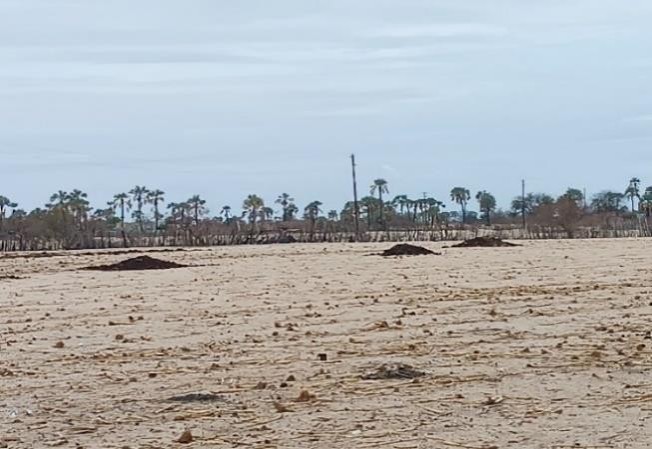Lahja Nashuuta
Household food security in the country remains fragile, with at least 1.2 million Namibians facing a hunger crisis.
This is contained in a Food Security Assessment Report by the agriculture ministry, released last Friday. The main purpose of the assessment was to study the overall agricultural inputs’ situation at household and regional levels, and to find out to what extent farmers are prepared for the 2024/2025 cropping season. Additionally, the mission assessed the changes in household food security, the availability of water supply, and the conditions pertaining to livestock and grazing. “Following a poor agricultural season due to severe drought conditions, household food security in the country appears fragile.
Most households interviewed reported that their harvest from the last season lasted only from July to August, while some households could not harvest anything at all due to the severity of the drought. These households rely on market purchases and government drought relief aid to meet their food needs.
In regions where households depend on livestock-rearing for livelihoods, the food security situation has also weakened. This poses a considerable challenge as the grazing in these areas has depleted, and is insufficient to adequately support livestock during the dry season. At the time of this reporting, the situation is worrisome and in a range of fair to poor in most parts of the country,” reads part of the report.
The food security situation was expected to deteriorate further between October 2024 and March 2025. Most households have also exhausted their harvests from last season. Others could not harvest anything at all due to severe drought conditions.
The report titled ‘Agricultural Inputs, Livestock and Household Food Security Situation Report’ further noted that most of the National Strategic Food Reserve (NSFR) is critically low, with some storage facilities completely empty, and others operating far below capacity. As of 30 November 2024, the NSFR held only 2 442.30 metric tonnes (MT) of grain, just 11% of its total capacity. This marked a significant decline, compared to the 21% capacity recorded during the same period in 2023.
The report further shows that there is currently only 2 359.65 MT of white maize stored at the Rundu silo and 82.65 MT of pearl millet at the Okongo silo, while the rest of the silos are empty.
In addition, the Agro-Marketing and Trade Agency (AMTA) procured 2 508.44 MT of white maize and 82.65 MT of pearl millet from local farmers, including green schemes, between June and October 2024. In November 2024, AMTA milled 710.62 MT of white maize, and supplied 513.58 MT of unsifted maize meal to the drought relief programme. This distribution supported households facing acute food insecurity in Kavango West (230.42 MT), Ohangwena (210 MT), and Zambezi (72.76 MT). AMTA plans to import 2,937 MT of white maize between January and March 2025 to supplement local supplies. The assessment team advised the government to continue implementing ongoing drought relief interventions.
It further calls for the government to provide agricultural inputs such as seeds and fertilisers, as well as services such as ploughing and planting.
Water
Water availability is likewise a growing concern due to delayed rainfall. Many water catchment areas have already dried up, leaving livestock dependent on boreholes, traditional wells and the NamWater pipeline.
The Erongo region is among the hardest-hit by water scarcity. Borehole levels have dropped drastically, water supply is insufficient, and available earth dams have completely dried up.
The situation is similarly critical in parts of Omaheke, Otjinene, Rietfontein, Otjombinde, Eiseb and Epukiro, where frequent borehole breakdowns leave farmers struggling to secure water for both humans and livestock. These breakdowns are largely attributed to the wear and tear of borehole materials.
In the Hardap region, water availability is scarce, as boreholes cannot keep up with the high demand. The Otjozondjupa region is similarly facing water shortages, with wells, ponds, fountains and earth dams holding insufficient water to sustain livestock.
The planned drought relief programme is worth N$1.6 billion.


